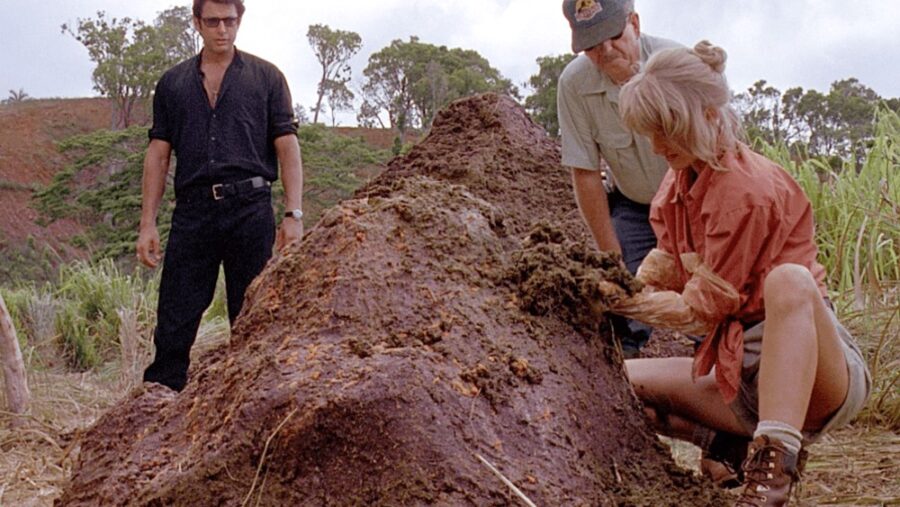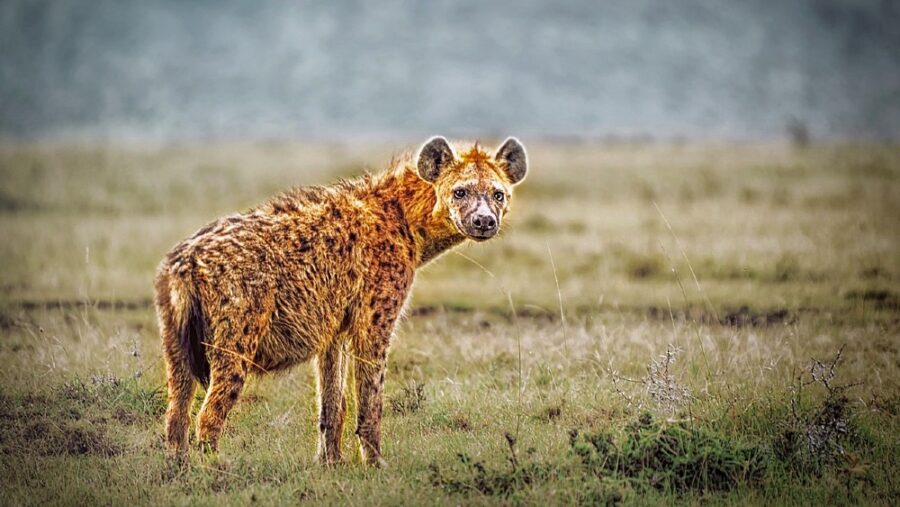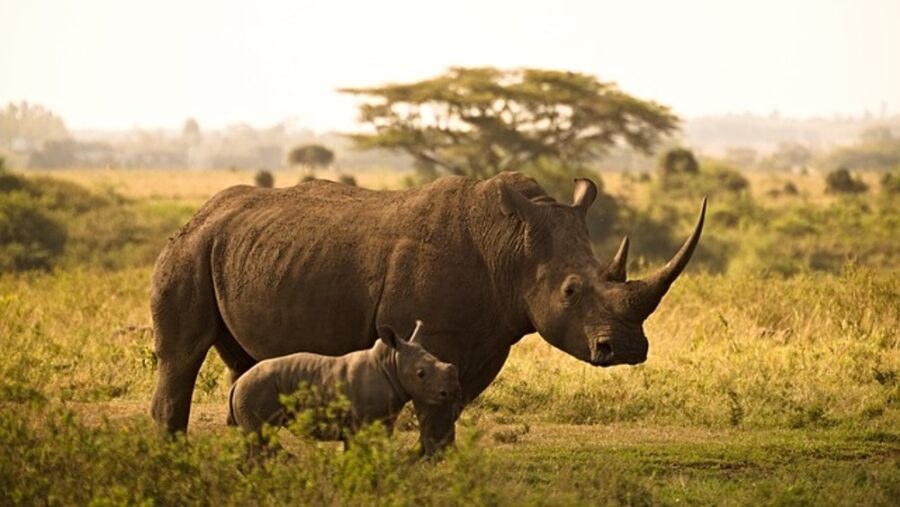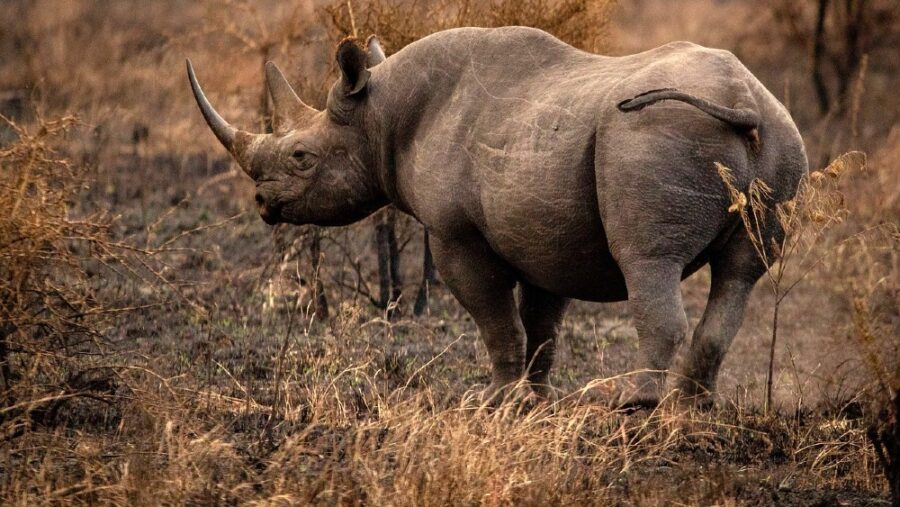Extinct Beast Revived Thanks To Prehistoric Poop

Scientists have successfully reconstructed the mitochondrial genome of the extinct wooly rhinoceros (Coelodonta antiquitatis) using DNA extracted from fossilized feces of cave hyenas (Crocuta crocuta spelea). According to Science Alert, the groundbreaking research was led by molecular biologist Peter Andreas Seeber of the University of Konstanz in Germany.
Scientists Reconstructed Wooly Rhino DNA From The Feces Of Hyenas

Despite the DNA’s degradation, the scientists successfully recovered genetic material from the cave hyena and the wooly rhino. Comparing the samples with modern and ancient genomes revealed that the European wooly rhinoceros (served as a meal for the cave hyenas) began to diverge from their Siberian counterparts between 2.5 million and 150,000 years ago.
This contradicts the previously held theory that wooly rhinos repeatedly expanded their range into Western Europe during the late Pleistocene. “The fact that these were retrieved with relative ease from a coprolite of another species stresses the value of obtaining genomic data from a wide range of materials,” the research published in Biology Letters states.
The DNA Was Extracted From Prehistoric Poop Dating Back To 300,000 Years Ago

The wooly rhino study focused on two fossilized hyena feces from the Middle Paleolithic period in what is now Germany, dating back to a period between 300,000 to 30,000 years ago. To extract genetic material from the coprolites, the DNA was prepared for analysis, and the results were examined using a DNA sequencer.
The mitochondrial genome reconstructed from the coprolite (fossilized feces) samples represents the first genetic data obtained from European wooly rhinos. Previous genetic data on these magnificent creatures was exclusively sourced from Siberian specimens. The new finding may offer important clues about regional differences among woolly rhino populations and their movement across Eurasia.
These Samples Give Researchers Better Understanding Of The Wooly Rhinos That Once Roamed Earth

What makes this discovery more astonishing is that the wooly rhino’s genetic material was obtained from just a single coprolite sample. Coprolites have increasingly become a gold mine of historical information. Samples allow researchers to decipher the diets of ancient humans and animals, analyze the parasites they harbored, and study changes in the ancient human gut microbiome.
“As with these samples, many archaeological objects retrieved in past excavations and existing in collections are, to date, a largely overlooked source of ancient DNA,” the researchers said. Further analysis of the DNA from wooly rhinos might yield more revelations about their historical past, even if the information is obtained from a rather unseemly source.
The Wooly Rhino Looked Much Like Todays Rhinoceros, But Furry

The wooly rhino is an extinct species of rhinoceros that lived in Europe and Asia during the Pleistocene epoch, from about 3.5 million to 14,000 years ago. These rhinoceros were covered with long, thick hair that allowed them to survive in the extreme cold. It had a large hump reaching from its shoulder and stood about six feet tall at the shoulders.
The wooly rhino had two large horns toward the front of the skull, with the larger horn reaching about three feet tall. It also had short, stocky legs, and its ears measured 24 cm (9+1⁄2 in), compared to rhinos in warmer climates whose ears are about 30 cm (12 in). They lived mainly in lowlands, plateaus, and river valleys, with dry to arid climates, and migrated to higher elevations in favorable climate phases.
Whooly Rhinos Went Extinct 18,000 Years Ago Due To Climate Changes

The wooly rhino mostly fed on grasses and sedges, and its long, slanted head with a lower-facing posture and tooth structure helped it feast on vegetation. It had a broad upper lip like the white rhinoceros, which allowed it to pluck vegetation directly from the ground easily. Pollen analysis shows it ate woody plants, flowers, forbs, and moss.
Wooly rhinos remained in northern Eurasia until at least 18,500 years ago. Overhunting, coupled with habitat loss and changing climates all eventually contributed to the extinction of this ancient creature.












